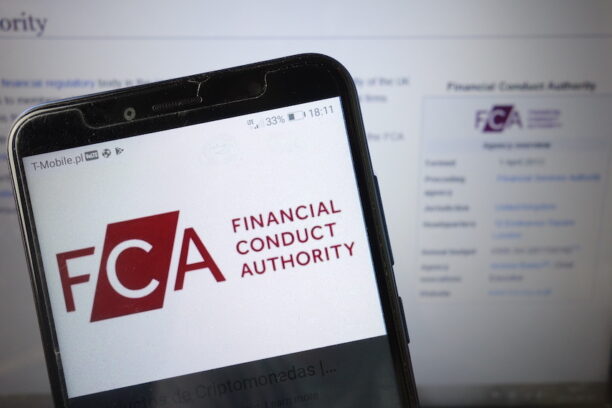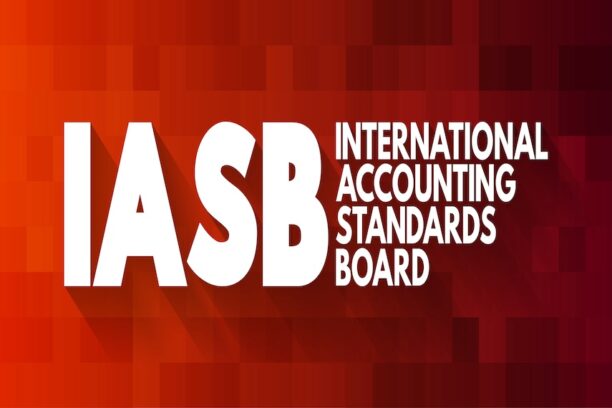[Ed. note: A brief history lesson – tomorrow is Texas Independence Day. The fight for independence from Mexico took a significant turn in February 1836 when around 200 Texan defenders, including American legend Davy Crockett, were besieged at the Alamo by a much larger Mexican army led by General Antonio López de Santa Anna. The defenders fought valiantly but ultimately lost the brutal battle. On April 21, 1836, General Sam Houston led a surprise attack on Santa Anna’s forces at the Battle of San Jacinto. “Remember the Alamo” was the Texans’ battle cry. The battle lasted about 20 minutes with no Texan casualties. Santa Anna himself was captured. Independence from Mexico was won and the Republic of Texas was established. Texas Independence Day is celebrated each year on March 2, the day in 1836 that the Texas Declaration of Independence was signed. In December 1845, The Republic was annexed into the United States, ending nine and a half years of independence. The Republic of Texas Legation (Embassy) building in London still stands, not far from St. James’ Square. So Happy Texas Independence Day! Let the cannon ring!]
In 2022, a group of investors including Trillium Asset Management and The New York City Retirement Systems pushed Apple to conduct an independent third-party assessment of the company’s adherence to its stated commitments to workers’ freedom of association and collective bargaining rights, as contained in the International Labour Organization’s (“ILO”) Declaration on Fundamental Principles and Rights at Work and the UN Guiding Principles on Business and Human Rights (“UNGP”), and Apple’s Human Rights Policy. The report was released in December 2023. The investor group now claims they found
“several fundamental flaws in the assessment’s approach and methodology. We believe these flaws resulted in an incomplete report lacking rigor and credibility. Given the information and analysis presented in the Report, Proponents believe that the assessor could not conclude that Apple is upholding the commitments made in its Policy.”
The investor group’s letter to Apple outlined their claims:
“Assessment Lacked Rigor: The assessment failed to fully examine whether, in practice, company actors have been adhering to the company’s Human Rights Policy, and instead conducted a largely superficial ‘desktop’ review of company policies and training programs, with limited utility;
Crucial Worker Input Missing: The assessment failed to receive input from a representative sample of internal stakeholders, and critically failed to include the input of workers who have sought to exercise their organizing rights; and
Insufficient Assessor Expertise: The assessor lacked relevant international labor rights expertise, which led to inaccurate assertions concerning international labor standards that call into question the Report’s conclusions and recommendations.”
The letter concludes with this:
“we are concerned that the assessment and resulting Report do not fulfill many of our fundamental expectations, which we communicated clearly to Apple and its assessor early and often during the assessment process. Ultimately, we do not feel confident that the assessment adequately analyzes whether Apple, in practice, adheres to its commitment to upholding workers’ freedom of association and collective bargaining rights. Our initial concerns, which led us to initiate an engagement with the company and eventually file a shareholder proposal, are therefore left largely unaddressed.”
A few of the criticisms detailed by the investors seem valid, but others – not so much. Use this as a learning moment: anticipate ESG reports will be put under a microscope – especially those prepared as a result of shareholder activism. Have them undergo thorough independent reviews before they are released. Get your internal audit department involved in the planning and let them have a go at the report itself with a critical auditor’s eye on controls and procedures. Such critiques may be initially painful, but certainly are less so than external stakeholders and media doing the post-mortem for you.
If you aren’t already subscribed to our complimentary ESG blog, sign up here: https://practicalesg.com/subscribe/ for daily updates delivered right to you.
Photo credit: misu – stock.adobe.com










